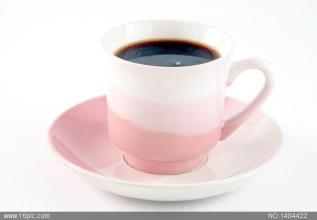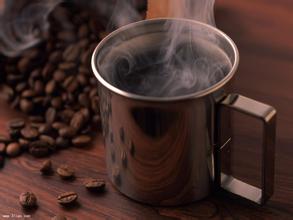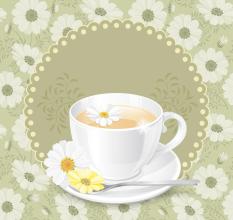Introduction to the classification of boutique Kenyan coffee
◎ is graded by the number of defective beans.
This is the earliest method of classification and is still in use in many parts of Brazil. The method of identification is to randomly take 300 grams of samples and put them on black paper, because black paper can best avoid reflection. Then, examined carefully by the professional appraiser, find out the defective beans in the sample, and accumulate different scores according to the types of defects. For example, one black bean, one pebble, five big pebbles, five broken beans, five pest beans, two sour beans, one dry peel, two middle dried peels, three small dried peels, five unshelled beans, three shell beans, and so on. After identification, the grade is NY2~NY8 according to the accumulated defect score, and there is no NY1. If you want to buy first-class (NY1) Brazilian beans, it will make a joke. Indonesian coffee beans are also classified in this way, mainly divided into six grades, namely Gr1~Gr6. The same is true of Ethiopia, with the highest level being Gr2.
◎ is highly classified by place of origin
Generally speaking, in alpine areas, due to the cold climate and the slow growth rate of coffee, the density of raw beans is higher and the texture is harder, and the more mellow and aromatic the coffee is, and it has a supple sour taste; on the contrary, the density of raw beans is smaller and the texture is less hard, then the quality of coffee is worse, so there are also people who classify it as "hardness". This classification method can be divided into the following categories: extremely hard beans, height of about 4500 to 5000 feet, referred to as SHB; high hard beans, height of about 3000cm 4500ft, referred to as GHB; hard beans, height of about 2000,000ft, referred to as HB; Pacific coastal area, height of about 984ft 3280ft, referred to as Pacific. Guatemala, Costa Rica, El Salvador, Mexico, Honduras and Haiti are all classified in this way.

Important Notice :
前街咖啡 FrontStreet Coffee has moved to new addredd:
FrontStreet Coffee Address: 315,Donghua East Road,GuangZhou
Tel:020 38364473
- Prev

Six main coffee producing areas in Honduras introduce boutique coffee San Juan Xido Santa Barra Chateau
Honduran coffee seems strange to many coffee drinkers. When it comes to coffee production, the geographical conditions of Honduras are no less than those of neighboring coffee-producing countries such as Guatemala and Nicaragua. However, in the past, Honduras was less well-known in the consumer market because it did not have strong support in the handling and transportation of raw beans. But in recent years, the country has become extremely
- Next

Introduction to Atitlan, one of the top five volcanic coffee producing areas in Guatemala
A cup of Antigua coffee in Guatemala seems to let us see the mysterious Mayans who suddenly disappeared in ancient land, history brushed away their existence, history made them forever. If a person's wrinkles describe the path a person has traveled, then the aroma of coffee remembers the origin of a cup of coffee: about its native terroir, harvest year, roasting and grinding.
Related
- Does Rose Summer choose Blue, Green or Red? Detailed explanation of Rose Summer Coffee plots and Classification in Panamanian Jade Manor
- What is the difference between the origin, producing area, processing plant, cooperative and manor of coffee beans?
- How fine does the espresso powder fit? how to grind the espresso?
- Sca coffee roasting degree color card coffee roasting degree 8 roasting color values what do you mean?
- The practice of lattes: how to make lattes at home
- Introduction to Indonesian Fine Coffee beans-- Java Coffee producing area of Indonesian Arabica Coffee
- How much will the flavor of light and medium roasted rose summer be expressed? What baking level is rose summer suitable for?
- Introduction to the characteristics of washing, sun-drying or wet-planing coffee commonly used in Mantenin, Indonesia
- Price characteristics of Arabica Coffee Bean Starbucks introduction to Manning Coffee Bean Taste producing area Variety Manor
- What is the authentic Yega flavor? What are the flavor characteristics of the really excellent Yejasuffi coffee beans?

